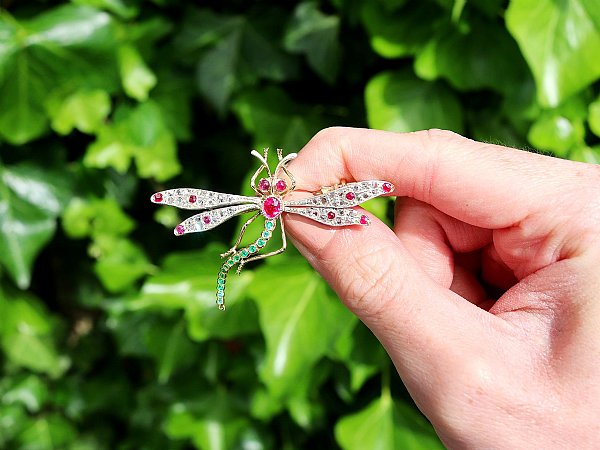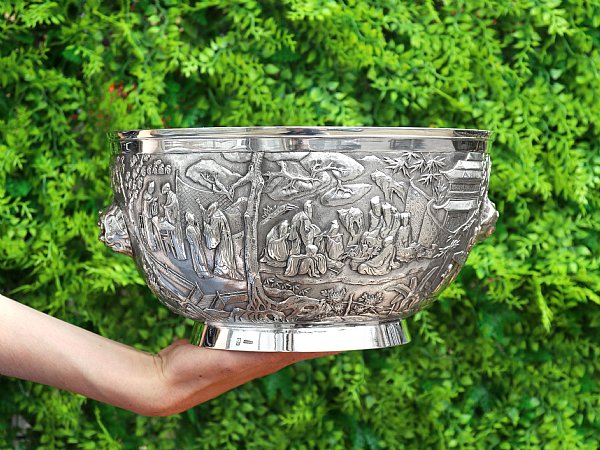Search Results for: '{{searchText}}'
Sorry...
We don't seem to have what you're looking for.
However we do have thousands of magnificent pieces of silver and jewellery available for you to view online. Browse our store using one of these categories.
Please wait for loading data... 
Browse these categories under "Silver Goblets"
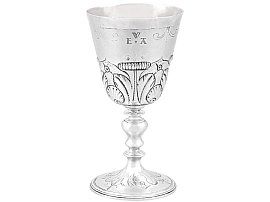

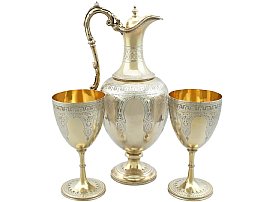
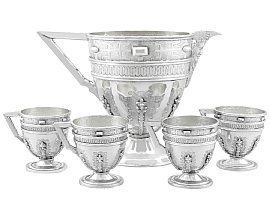
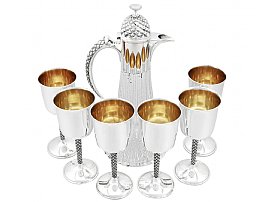
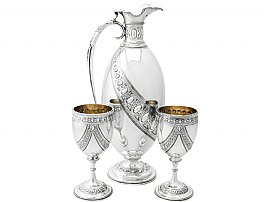
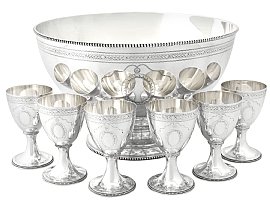
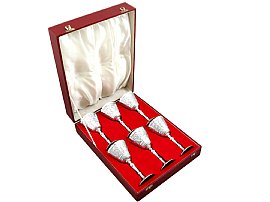
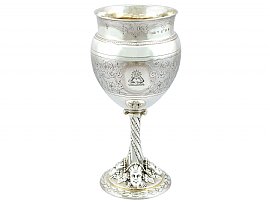
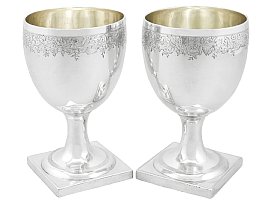
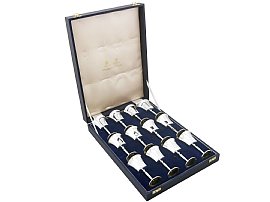
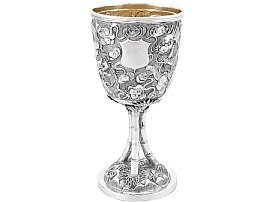
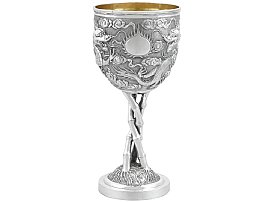
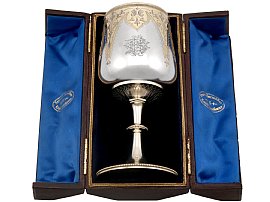
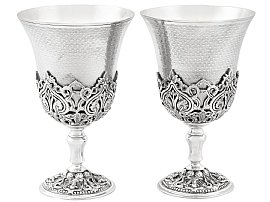
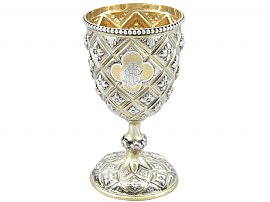
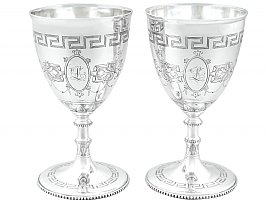
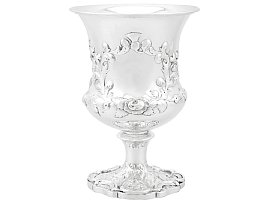
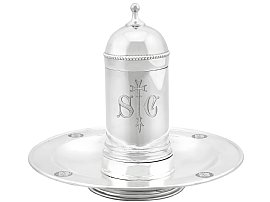
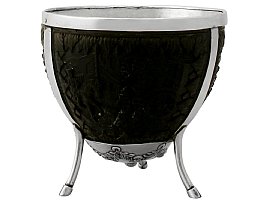
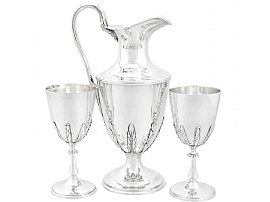
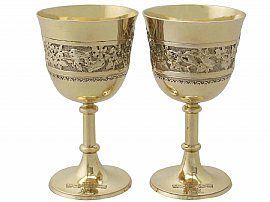
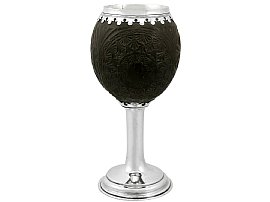
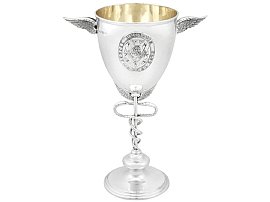
Sterling Silver Goblet - Antique Charles I (1630)
Price: GBP £25,950.00American Coin Silver Tray and Sterling Silver Goblets
Price: GBP £9,950.00Sterling Silver Gilt Claret Jug and Goblets - Antique Victorian (1871)
Price: GBP £6,950.00Spanish Silver Jug and Matching Cups - Antique Circa 1700
Price: GBP £6,950.00Sterling Silver Mounted Glass Claret Jug and Matching Goblets by Anthony Elson - Vintage (1974)
Price: GBP £5,445.00Sterling Silver Claret Jug and Matching Goblets by Barnard & Sons Ltd - Antique Victorian
Price: GBP £4,895.00Sterling Silver Punch Bowl and Goblets by CJ Vander Ltd - Vintage Elizabeth II
Price: GBP £4,345.00Sterling Silver Goblets - Vintage (1969)
Price: GBP £3,950.00Sterling Silver Gilt Goblet - Antique Victorian (1871)
Price: GBP £2,950.00Sterling Silver Goblets - Antique George III
Price: GBP £2,695.00Sterling Silver Goblets Set of Twelve - Vintage (1968)
Price: GBP £2,695.00Chinese Export Silver Goblet - Antique Circa 1900
Price: GBP £2,450.0019th Century Chinese Export Silver Wine Goblet
Price: GBP £2,450.00Sterling Silver Goblet - Antique Victorian (1876)
Price: GBP £2,250.00Turkish Silver Goblets - Antique Circa 1880
Price: GBP £2,250.00Sterling Silver Gilt Goblet - Antique Victorian (1861)
Price: GBP £2,250.00Sterling Silver Goblets - Antique Victorian (1858)
Price: GBP £2,250.00Sterling Silver Goblet - Antique Victorian (1838)
Price: GBP £2,085.00Vintage Sterling Silver Communion Set
Price: GBP £1,995.00Continental Silver Mounted Coconut Cup - Antique Circa 1890
Price: GBP £1,865.00Sterling Silver Claret Jug and Matching Goblets - Vintage (1977)
Price: GBP £1,865.00Pair of Sterling Silver Gilt Goblets - Antique Victorian
Price: GBP £1,755.00Silver Mounted Coconut Cup - Antique Circa 1820
Price: GBP £1,755.00Sterling Silver Goblet by James Dixon & Sons Ltd - Antique Victorian (1899)
Price: GBP £1,755.00